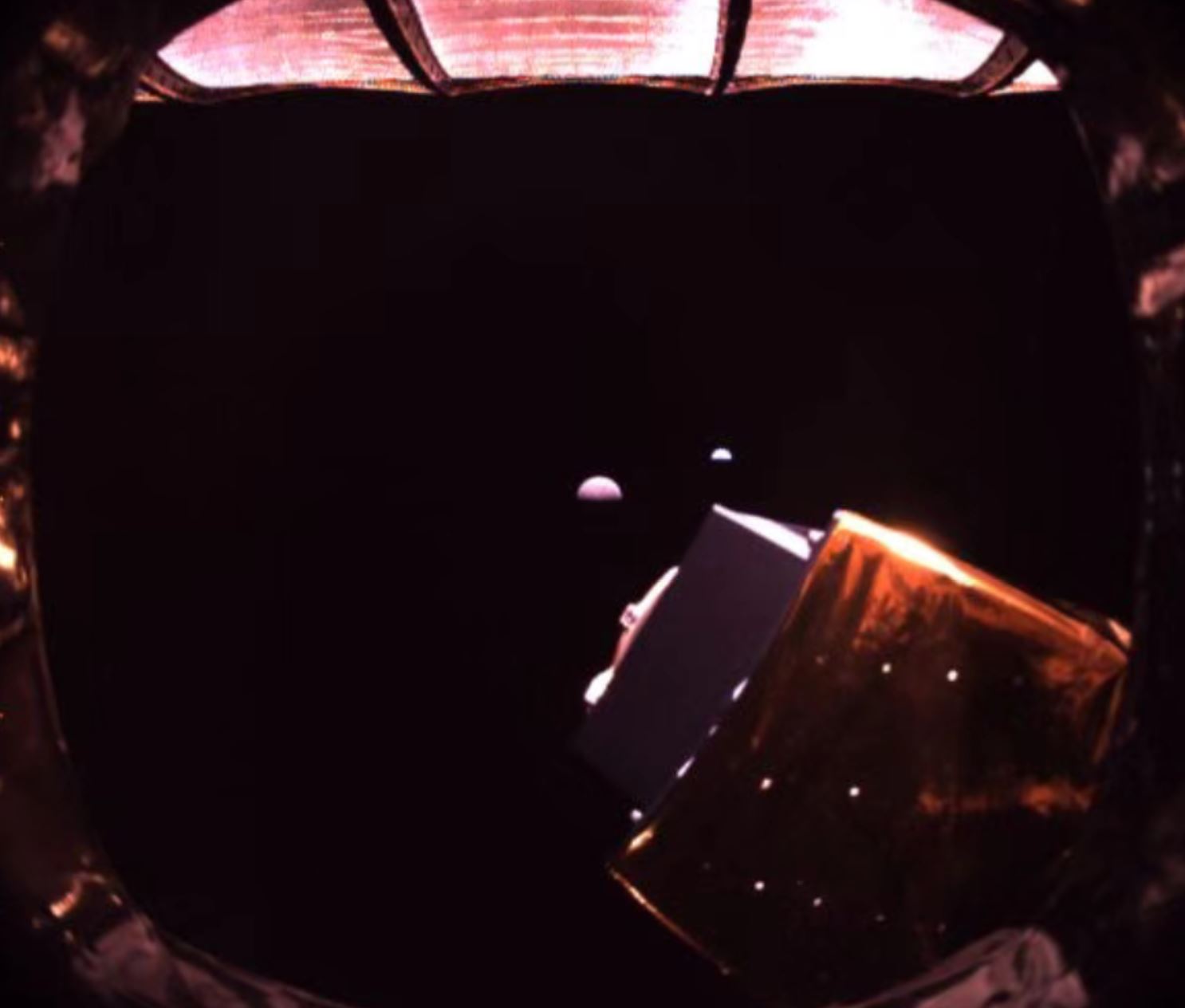China to launch relay satellite next year to support moon landing missions

HELSINKI — China will launch its Queqiao-2 communications relay satellite in 2024 to support upcoming robotic landing missions at the lunar south pole and far side of the moon.
Wang Qiong of the Lunar Exploration and Space Engineering Center under the China National Space Administration (CNSA) told press Jan. 17 that Queqiao-2 would launch in early 2024, ahead of the Chang’e-6 mission which is currently scheduled to launch in late 2024 or early 2025.
Chinese language Science and Technology Daily reports that Queqiao-2 will be an upgrade of the first Queqiao satellite, launched in 2018 to Earth-moon Lagrange point 2 to support the 2019 Chang’e-4 lunar far side lander and rover mission. The first Queqiao satellite is stated to be coming towards the end of its lifetime.
Queqiao-2, which means “Magpie Bridge-2” and is taken from Chinese mythology, will enter a distant retrograde orbit (DRO) to support Chang’e-6, according to the report, rather than the more positionally stable halo orbit around E-M L2 at around 65,000 kilometers beyond the moon.
Chang’e-6 mission is likely to conduct its landing, sampling and ascent vehicle liftoff stages of the mission in around 48 hours, likely during an opportune time during Queqiao-2’s orbit. China is understood to have used the service module from its first lunar sample return mission, the 2020 Chang’e-5 mission, to test out DRO during extended mission activities.
Chang’e-6 will target a crater inside the massive, ancient South Pole-Aitken (SPA) Basin on the far side of the moon. An SPA sample return mission has been noted in the U.S. as high priority planetary science and one that could provide fresh insight into the early eras of the solar system.
Queqiao-2 will act as a communications relay between teams on the ground and lunar far side. A relay is required as that hemisphere of the moon never faces Earth due to tidal locking.
The satellite and its 4.2-meter-diameter parabolic antenna will also serve the Chang’e-7 and Chang’e-8 missions to the lunar south pole as part of China’s growing lunar ambitions.
This will likely require Queqiao-2 to change its orbit, with an inclined highly elliptical frozen orbit the possible choice, according to earlier reports. This orbit would allow communication links for over 8 hours of a roughly 12-hour-period orbit.
Chang’e-7 will launch around 2026 and consist of an orbiter, lander, rover and “mini flying detector,” to study the lunar topography, material composition and environment, with the latter spacecraft to look for the presence of water-ice, while Chang’e-8, targeted for launch around 2028, will be an in-situ resource utilization and 3D-printing technology test mission.
The infrastructure launched as part of these missions will serve as a basis to support China’s larger International Lunar Research Station (ILRS) initiative.
Chinese space actors have a number of concepts for supporting the country’s lunar exploration activities, including a lunar communications and navigation constellation, along with studies of orbits for optimal coverage.
Related
ncG1vNJzZmiroJawprrEsKpnm5%2BifKS0yKeYZqyfYrmiwc2cn2aqlaGuunnSmquepJyewaZ5zZ6vrWWpmq6zedOoZKytoKW8s8CMpqaopl2hrq%2BwyKeeZqWZqMCqu82sZg%3D%3D